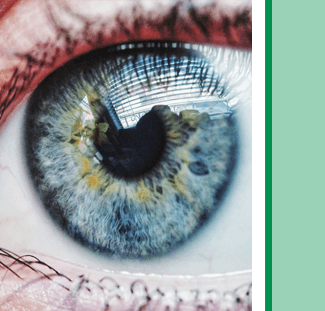
Fuchs’ dystrophy is an eye condition that affects the cornea, the clear front layer of your eye. It’s a progressive disease, meaning it worsens over time, and can lead to blurry vision and discomfort. This disease primarily impacts the cells in the inner layer of the cornea (endothelium), which are essential for maintaining corneal clarity. As Fuchs’ dystrophy advances, fluid can build up in the cornea, leading to swelling and visual issues. Early detection and management are key to preserving vision and comfort.
Fuchs’ dystrophy is a progressive condition, but treatments can help manage symptoms and maintain quality of life.
Early-stage treatments can improve comfort and slow the disease’s progress, while surgery is highly effective in advanced cases.
With proper care, many patients can maintain functional vision for many years.
Regular monitoring by Dr. Benaim is crucial to managing the condition and ensuring the best outcome.
Advances in surgical techniques, such as partial corneal transplants, have significantly improved the long-term outlook for those with Fuchs’ dystrophy.
HOURS
Monday – Friday
8:30am-4:30pm
Closed Saturday & Sunday
Tel: 561-747-7777
Fax: 561-575-1921
info@benaimeye.com